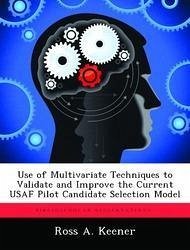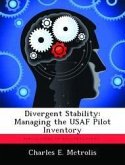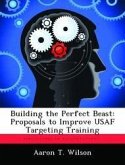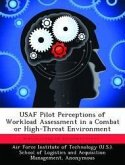Training pilots for the USAF costs millions of dollars every year. There are seven points of entry into Air Force Undergraduate Pilot Training (UPT). Each source has its own selection process to screen candidates accepted into UPT. The Pilot Candidate Selection Method (PCSM) seeks to ensure the highest possible probability of success at UPT. PCSM applies regression weights to a candidate's Air Force Officer Qualification Test (AFOQT) Pilot composite score, self-reported flying hours, and five Basic Attributes Test (BAT) score composites. PCSM scores range between 1 and 99 and are loosely interpreted as a candidate's probability of passing UPT. The goal of this study is to apply multivariate data analysis techniques to validate PCSM and determine appropriate changes to the model's weights. Performance of the updated weights is compared to the current PCSM model via Receiver Operating Curves (ROC). In addition, two independent models are developed using multilayer perceptron neural networks and discriminant analysis. Both linear and logistic regression is used to investigate possible updates to PCSM's current linear regression weights. An independent test set is used to estimate the generalized performance of the regressions and independent models. Validation of the current PCSM model demonstrated in the first phase of this research is enhanced by the fact that PCSM outperforms all other models developed in the research.
Hinweis: Dieser Artikel kann nur an eine deutsche Lieferadresse ausgeliefert werden.
Hinweis: Dieser Artikel kann nur an eine deutsche Lieferadresse ausgeliefert werden.








